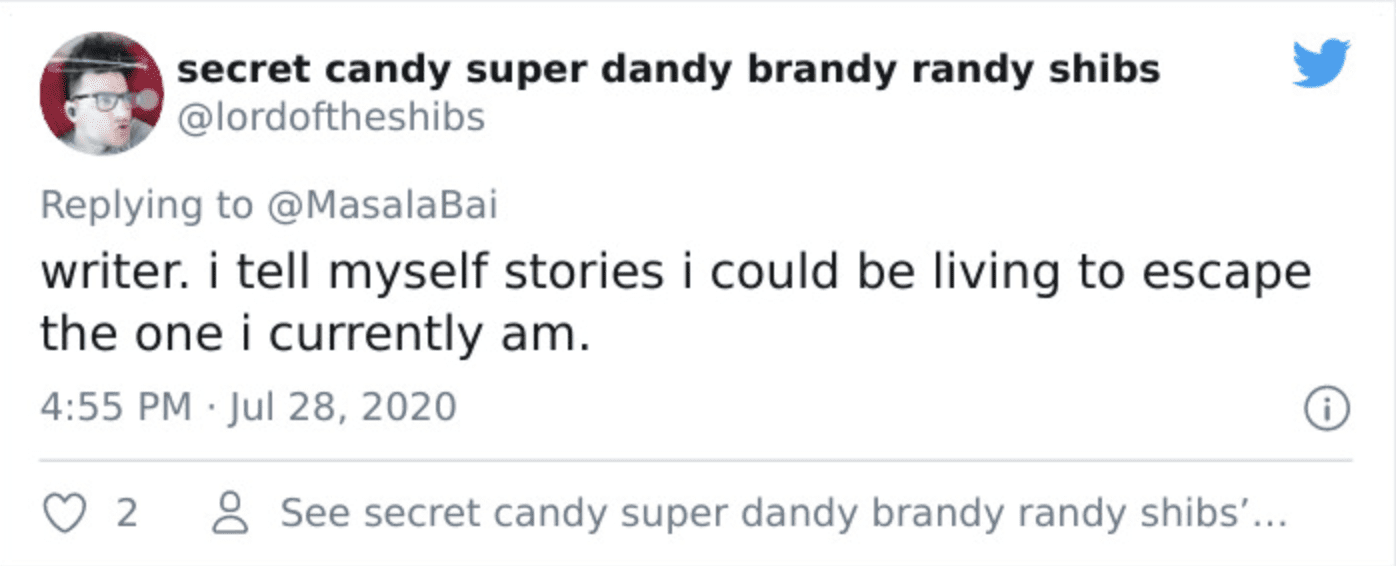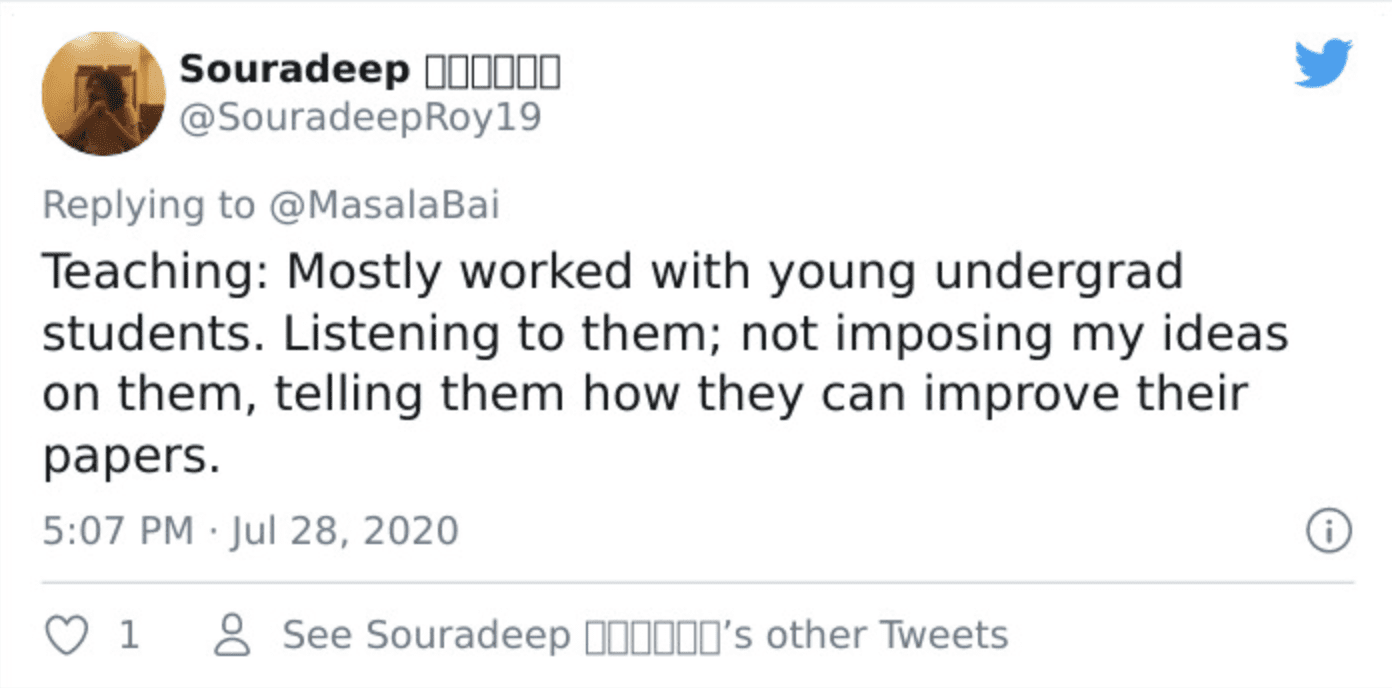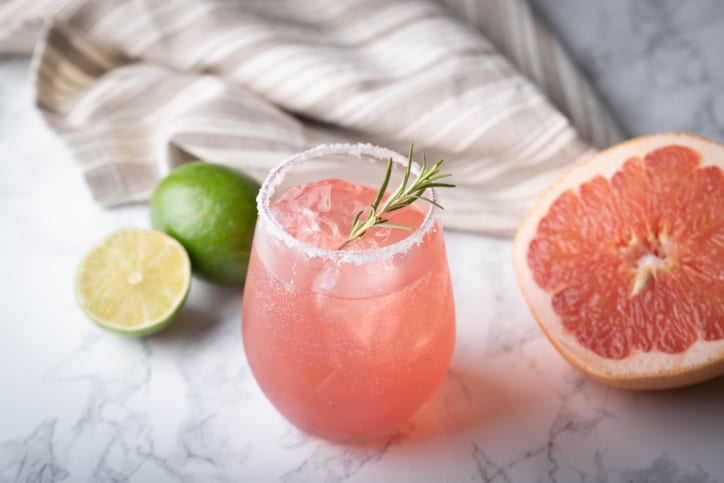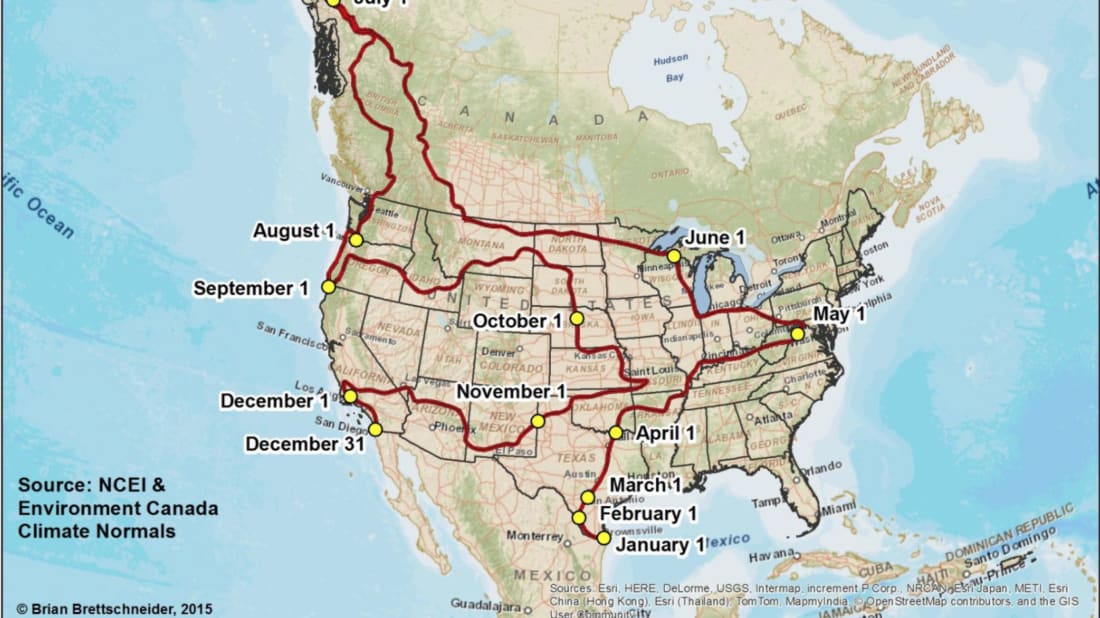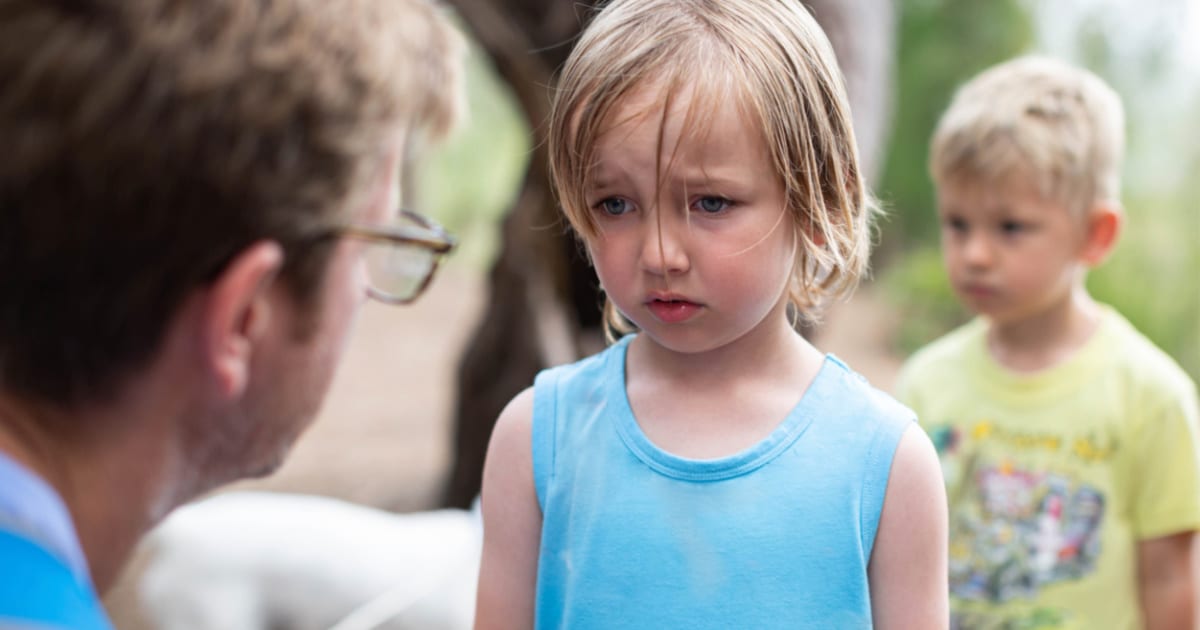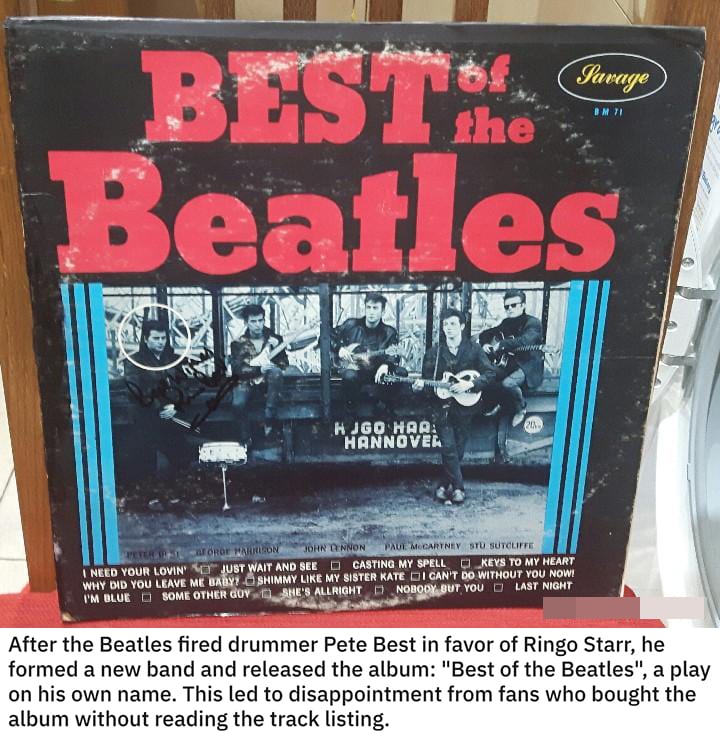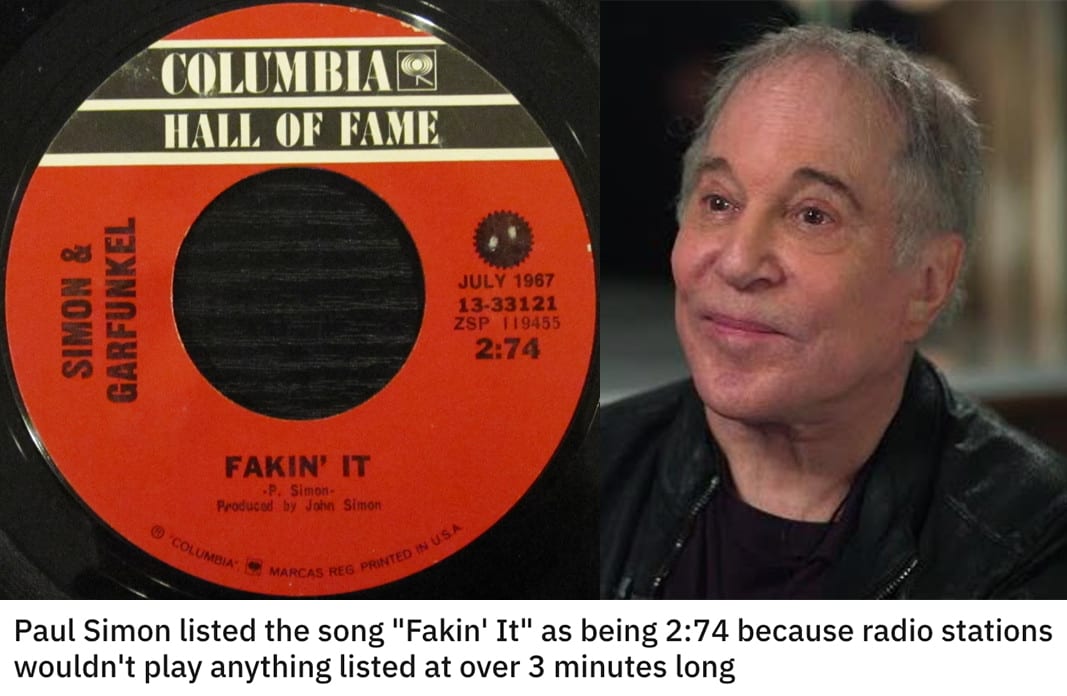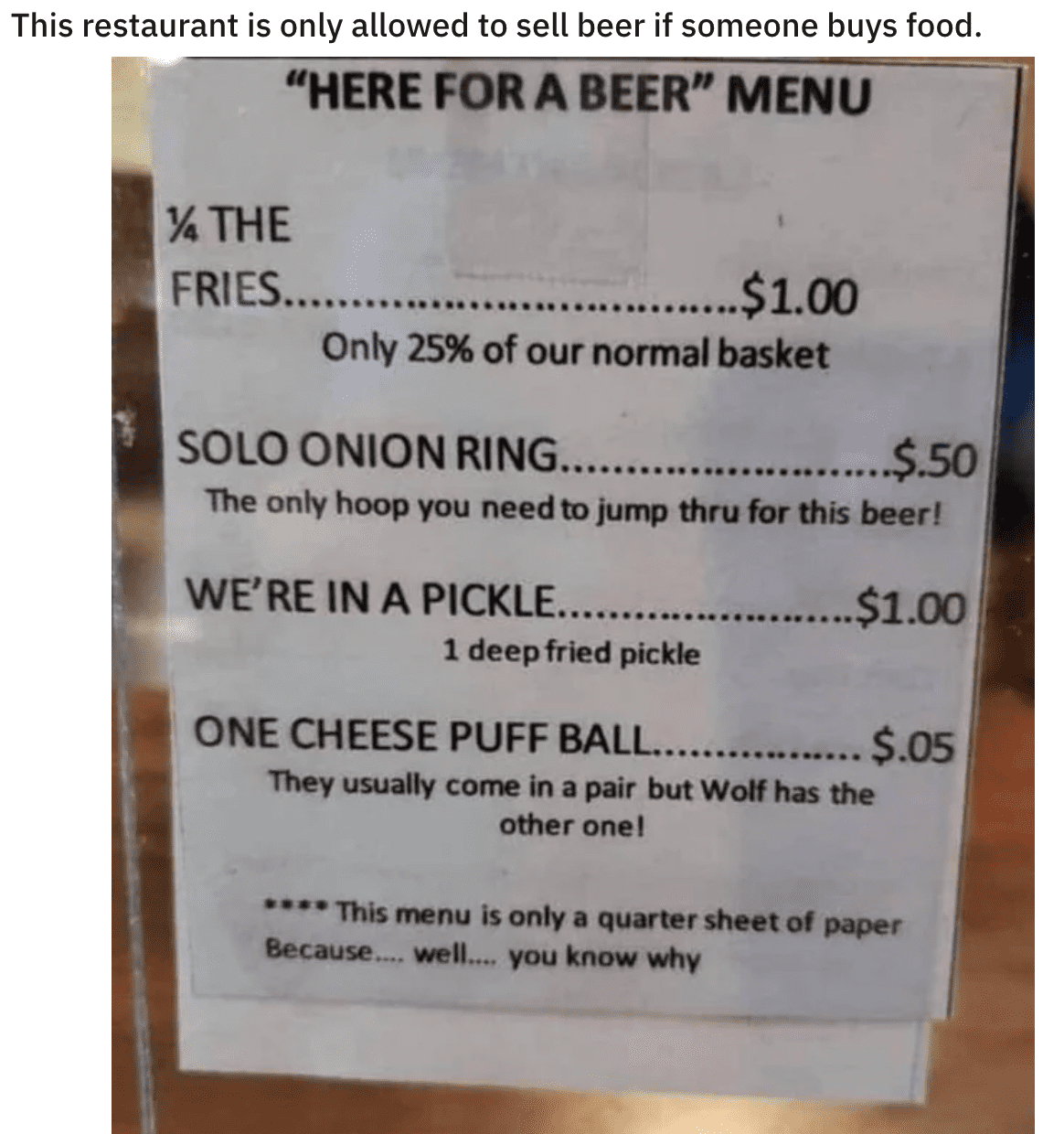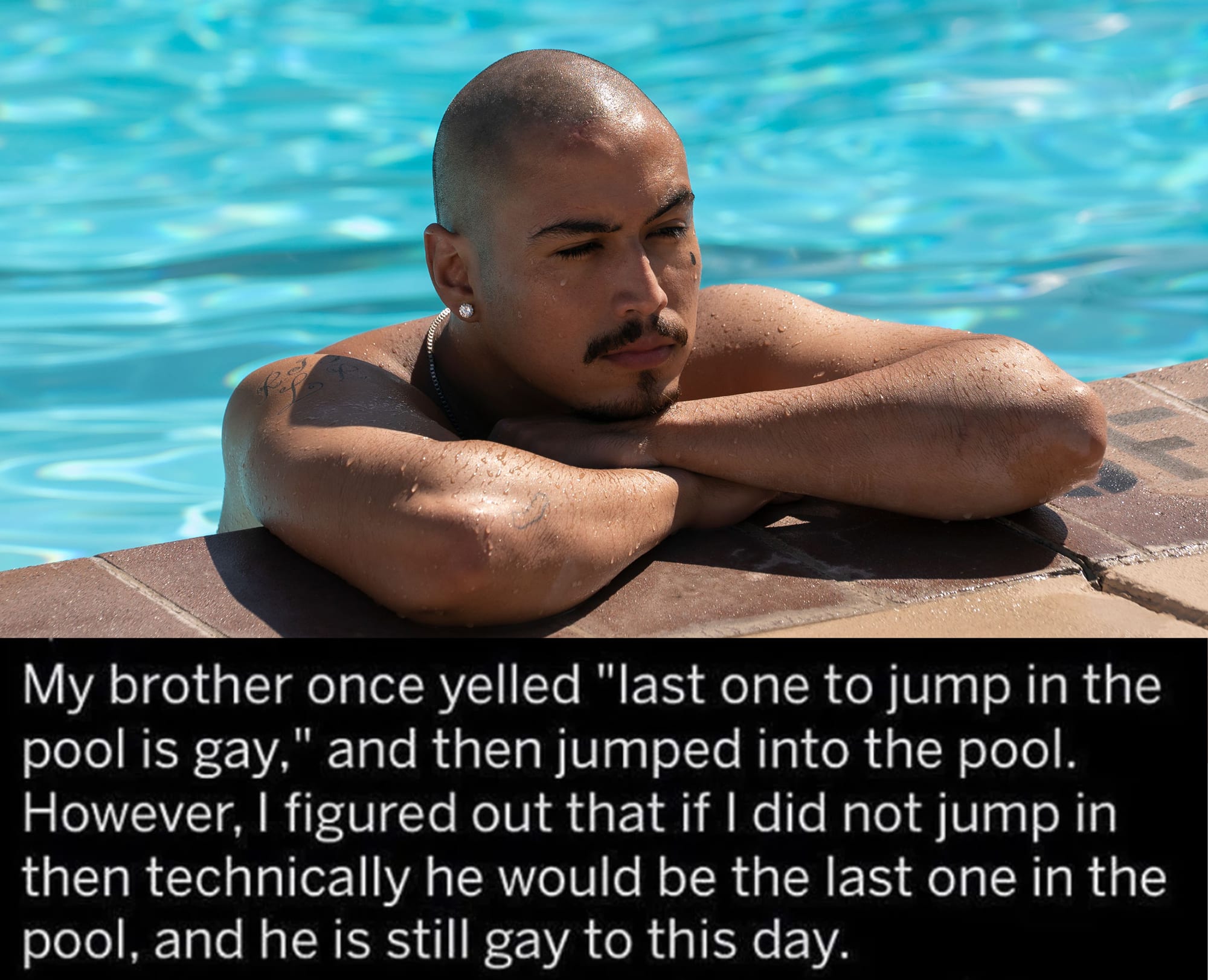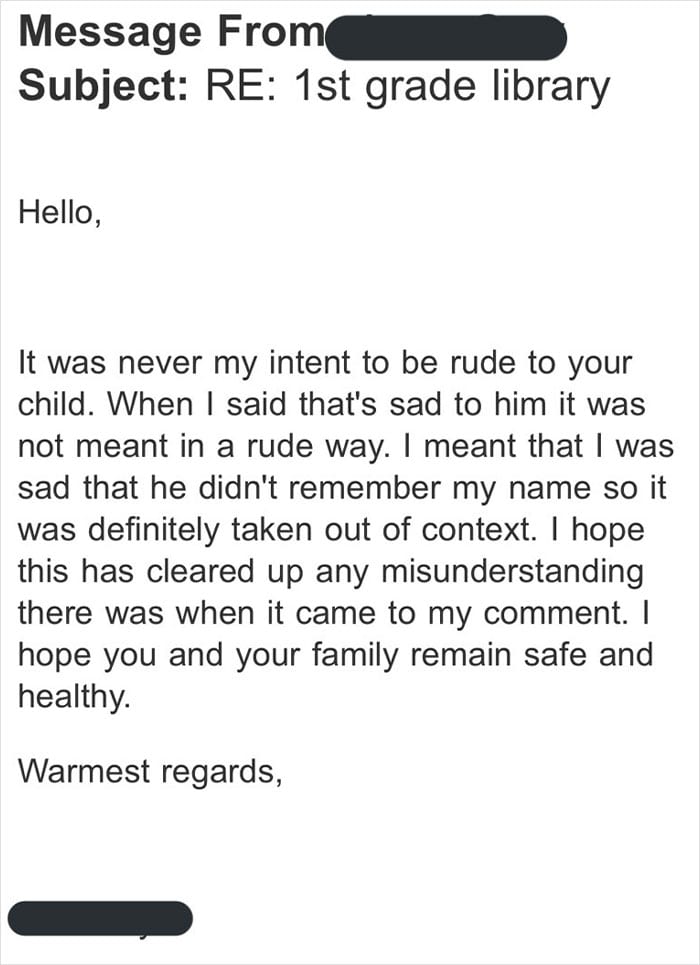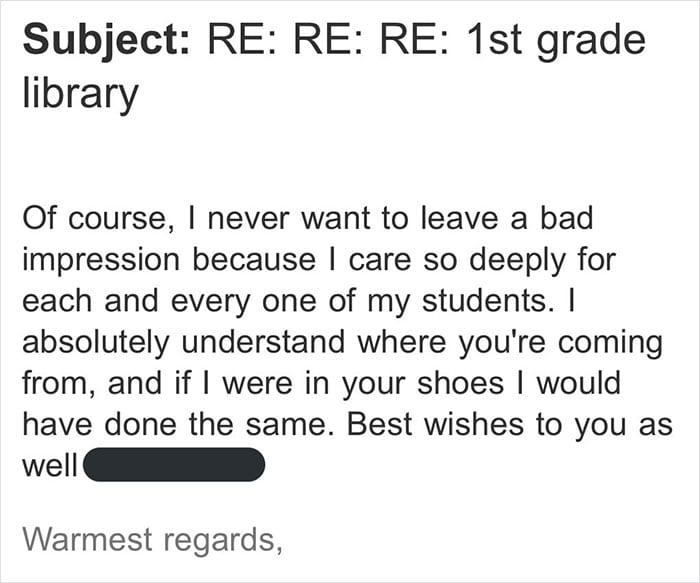Jobs can be one of those things in life where people only tend to talk about the downsides. They complain about the jobs that wear them down, the bosses who treat them like cogs instead of human beings, and the hours and duties that break their backs in exchange for a pittance in their bank account.
It’s important, I think, for people to also talk about the things they love about their jobs, so that people know it’s possible and even important to expect some sort of satisfaction at work.
What is the one most empowering thing about your profession? I'll go first.
Journalism: Amplifying the voices that otherwise would not reach the powerful.
— Rituparna Chatterjee (@MasalaBai) July 28, 2020
If you’re wondering what great jobs are out there and why people love them, these 16 people’s tweets might open your eyes.
16. Words definitely matter, and so does the ability to escape.
You’ll never know when the right words could save someone’s life.
Image Credit: Twitter
15. No one should be left behind.
At least that’s the goal, right?
Public Health – Taking health services to the last man, exactly how it should have been
— Dr Pooja Tripathi (@Pooja_Tripathii) July 28, 2020
14. Sharing a meal is integral to the human experience.
Everyone should be able to afford it.
Filling stomach of people at affordable rates with taste and raising their sprits
— rocking it loud (@godafterhim) July 28, 2020
13. It’s so energizing to get into a room with like minds.
This is true for all professions, I think.
Scientist (especially as a woman in STEM): Learning from a community of brilliant minds the world over; amplifying the voices of women and their groundbreaking research.
— Jayantika Chakraborty (@JayantikaChakr1) July 28, 2020
12. Teaching at its best.
Why so many teachers keep going despite the downsides.
I help build careers of students, get a purpose and direction in life.
Teach them how to think critically, rationally so that they can get rid of wrong ideas that society often imposes on them –
which is essential for humans to progress and this what empowers them the most.— adarsh utkarsh (@UtkarshAdarsh) July 28, 2020
11. Education is so powerful.
You’re actually changing how people see the world.
Disability advocacy and sensitization. Living it, and showing by example how its done
— Payal Kapoor (@payalkp) July 28, 2020
10. The power to transform your world.
And reclaim your time.
As a freelance content writer for hire, my profession empowers me rather than anyone else by giving me livelihood as well as free time.
Not quite noble in the macro-sense but great in a narrow self-sense.— namita
(@namitaj68) July 28, 2020
9. For people who love puzzles…
Really complicated puzzles that are constantly evolving.
Psychiatrist: Reach to complex minds of persons with mental illness..and helps these minds with skills & ammunition integrated with science of Medicine & art of psycho-social interventions
— Dr Om Prakash (@ompsychiatrist) July 28, 2020
8. Food plays so many roles in our society.
Each and every one of them is important.
Food Scientist : Reduce wastage of food, ensuring you feed the needy and bring simple joy in life.
— Gourinandan (@gttonpe) July 28, 2020
7. Not all lawyers hate their jobs.
I suppose it depends on the type of lawyer, but still.
Lawyer: Helping people understand their rights, duties and responsibility under the law. Since ignorance is not an excuse under the law, all lawyers have a duty to keep the citizens well informed.
— Malavika (@madraj006) July 28, 2020
6. At its core.
It’s why they do what they do.
Engineering: Building things useful for humanity
— Cnuga (@cnuga) July 28, 2020
5. Heartbreaking but necessary.
I’m sure so many families don’t know what they would do without them.
My profession is to be there for cancer patients making sure they are compliant and able to access treatment no matter what . My job is to be there for them and their family at all times .There are challenges galore but their love and courage keep me on track and is reward enough
— Viji Venkatesh
(@vijivenkatesh) July 28, 2020
4. If you can find the personal reward…
Your world will vastly improve.
Image Credit: Reddit
3. Art has the ability to change the world.
One mind at a time.
Creating impact through art. People leave the movie theatres with their ideas questioned.
— Sulagna Chatterjee (@BeingChatterjee) July 28, 2020
2. They’re something of a dying breed.
But they definitely should not be.
Bold journalism. Anybody can be a journalist but bold journalism requires spine which most journalists dont have.
— Rajesh Gupta (@Rajeshguptablog) July 28, 2020
1. They might not get the glory, but…
We know there are always strong foundations beneath every splashy find.
Research: Being able to work towards finding answers that could eventually contribute to meaningful improvements in medicine and health.
— Rubina Mulchandani (@Rubina_BigB_EF) July 28, 2020
The goal should always to be able to find more good than bad.
What’s your favorite thing about your job? Share it with us in the comments!
The post People Discuss the Most Empowering Thing About Their Jobs appeared first on UberFacts.

